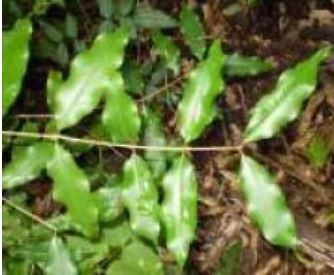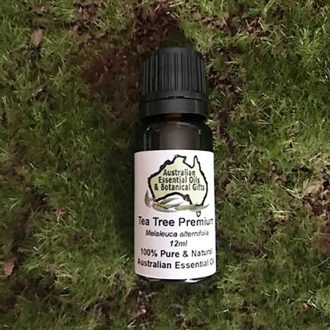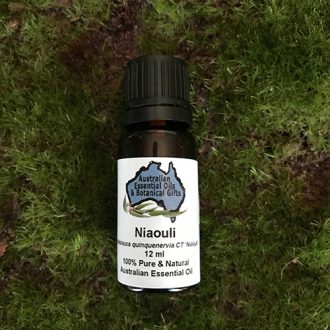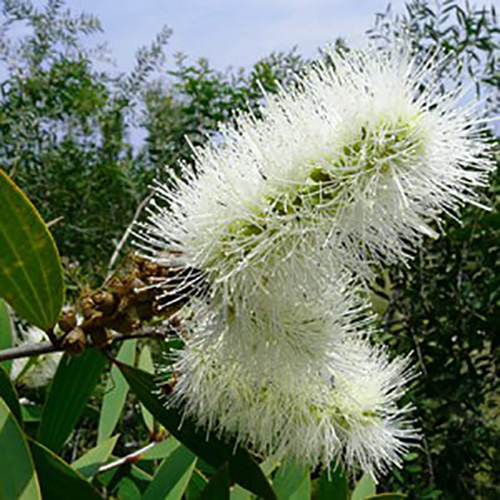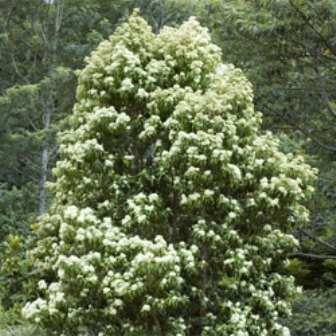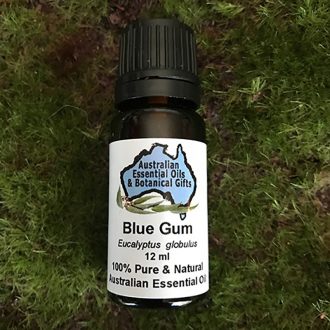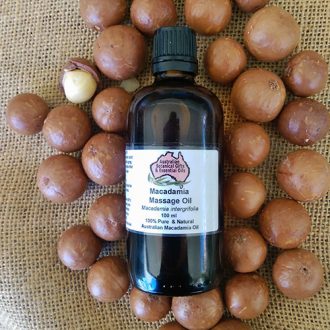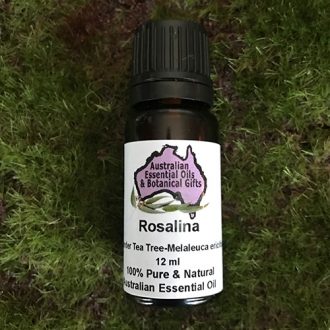Anise Myrtle Essential Oil 12ml
$20.00
Botanical Name: Syzygium anisatum
Country of Origin: Australia
Benefits:
Relaxing, calming, grounding, promotes sleep, aids candida, yeast infections, antibacterial, anti-viral, candida, viruses, staphylococcus, masks other scents and bad smells, washing additive. Attracts fish and Bush tucker additive too
Description
Australian Anise Myrtle 100% Essential Oil
Description
Used as a flavouring spice and herbal tea ingredient. Although previously known, it was first sold in the early 1990s as a bush food spice, and in the mid-1990s cultivated in plantations to meet demand.
Anise Myrtle trees a century ago were all but extinct in Australia. Farmers stripped the lush rain forests of their luxurious offerings, and soon sweet anise was nothing but a glinting memory. Thanks to vast reforestation projects, Anise Myrtle is making a comeback in a big way. In addition to its dark, sweet licorice scent, this unique offering contains a myriad of healing properties for the body and soul.
The Anise Myrtle leaf is one of the highest known sources of the compound anethole which gives it the aniseed flavour and aroma. Anise Myrtle Essential Oil has been traditionally used to ease reproductive and menstrual issues in women, treat chest and respiratory congestion, fight fungi, and functions as a powerful aphrodisiac.
Anise Myrtle has also been shown to be a potent antibacterial agent. Studies conducted at Charles Stuart University in Australia found Anise Myrtle to be effective at fighting various types of harmful bacteria, including Staphylococcus aureus.
Emotionally, Anise Myrtle is calming, soothing, and uplifting. It has been shown to be effective in the treatment of depression, anxiety, and insomnia, and is commonly used to combat feelings of restlessness and misdirection.
Offering antioxidant, anti-inflammatory, anti-fungal, anti-bacterial, anti-pathogenic & calmative qualities led to recognition in the cosmetic & pharmaceutical industries.
Syzygium anisatum, with the common name Ringwood or aniseed is a rare Australian rainforest tree. It has an aromatic leaf that has an essential oil profile comparable to true aniseed.
The leaf from cultivated plantations is used as a bush-food spice and distilled for the essential oil, and is known in the trade as aniseed myrtle or anise myrtle.
The Ringwood tree has a dense crown and grows up to 45 metres tall. The leaves are 6–12 cm long with prominently undulate margins and rich aniseed aroma when crushed.
Flowers are white and sweetly scented, borne in panicles. The fruit is dry papery capsules around 5 mm long and is white in appearance.
Ringwood’s natural distribution in the wild is restricted to the Nambucca and Bellinger Valleys in the subtropics of New South Wales, Australia.[4]Uses
Used as a flavouring spice and herbal tea ingredient. Although previously known, it was first sold in the early 1990s as a bush food spice, and in the mid-1990s cultivated in plantations to meet demand.[5][6]
The essential oil of S. anisatum contains anethole and methyl chavicol, imparting licorice and aniseed flavours respectively.
‘Aniseed myrtle’ is the name originally coined to specifically describe high-quality selections of the trans-anethole chemotype (90 %+) – generally recognised as safe for flavouring. These selections are propagated from cutting for consistent essential oil quality. The aniseed myrtle selections are also low in methyl chavicol and cis-anethole (less than 0.1%).
Research indicates that aniseed myrtle oil has antimicrobial activity, including on the pathogenic yeast Candida albicans
Additional information
| Weight | 0.06 kg |
|---|---|
| Dimensions | 2.5 × 2.5 × 7 cm |


